Meet Willy Laszlo/Director of Photography and Comedy Filmmaker
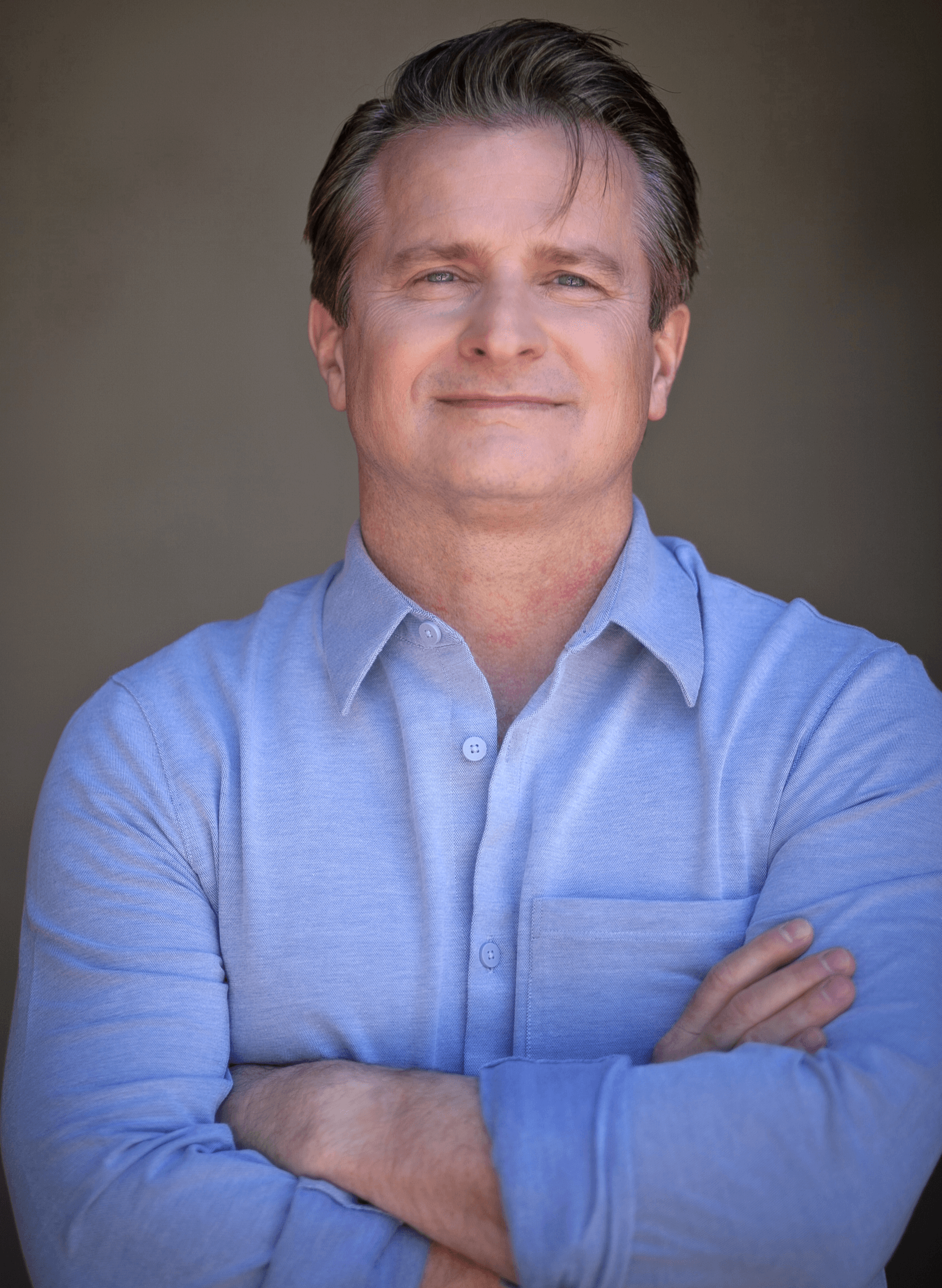

We had the good fortune of connecting with Willy Laszlo and we’ve shared our conversation below.
Hi Willy, do you have any habits that you feel contribute to your effectiveness?
An upbringing in the Midwest provided a blue collar standard of work ethic ingrained into what I now perceive as an involuntary act. Thanks mom and dad. Treating others with dignity and respect never hurt anybody’s feelings, either.
Perseverance is the heartbeat of motivation. You don’t truly understand motivation until you’ve failed at something and found the inner drive to try again and again. My drive became a passion for making short comedy films. After college, I taught myself camera and editing skills to create them. For the past 20 years, I’ve sustained a living as a camera operator, but it’s my formal Chicago improvisational training that has been instrumental to my success in production today.
Martin DeMatt, Second City’s former artistic director, encouraged improv students to explore within the scene until you discover. Once you discover, heighten the discovery. When I shoot reality TV, I explore the room through the lens of the camera and listen to dialogue through my headphones until I discover a key moment within the story. I heighten the discovery by composing the shot around those key moments. On larger TV productions, the director typically calls out shots over the walkie-talkie, but in chaotic situations where everything happens too fast to monitor from the control room, the camera operator must rely on their own instincts and make split-second decisions.
The rules of improv also apply to writing. Other useful improv guidelines to follow while writing are avoid questions, stay in the present moment and focus on relationships between characters. And, of course, there’s the cardinal rule of “yes, and.” Don’t get me started about “yes, and.” Entire books have been written about “yes, and”. Some books are titled, “Yes, And”. I refuse to go down that rabbit hole. Yes, and of course, “yes, and” even applies to life itself. The most important lesson about “yes, and,” is when not to use it in real life. And yes, I learned that lesson through trial and error.


Let’s talk shop? Tell us more about your career, what can you share with our community?
I prefer to be the director of photography when I direct a short comedy film. I bring a cinematic approach to enhancing the impact of a joke in a script. My brand is making comedy that’s actually funny.
Meeting Betty White and John Candy are high on my list of most exciting moments and I am perpetually proud of screening short comedy films in front of a live audience and getting a laugh. It confirms my initial instincts were correct and that I’m not crazy. The laugh also justifies the time and energy colleagues, friends, cast, and crew put into the project. I’m also proud of the knowledge I’ve gained from shooting on a diverse range of productions, which have taken me to places I never would have seen otherwise.
Every person has their own path. Mine started with bouncing around colleges and switching majors because I had no idea what to do in life. Then I entered my first improv class and became immersed in a world I felt comfortable in. By the time I graduated from college, I was taking more hours of improv and acting classes than actual college courses. I also got a job working nights at an improv comedy theater.
After a few years absorbed in improv, I developed a vision for comedy that could only be created through the lens of a camera. I picked up a video camera and learned how to edit. Fortunately, my first short comedy film (co-written with a friend) was a hit and screened in comedy shows and film festivals across Chicago—even at Caroline’s Comedy Club in New York City. I was hooked. The personal fulfillment of screening a short film was far more rewarding than any stage performance I’d ever experienced. I had found my niche. I made more short films with a group of improviser friends. My artistic identity shifted from being in front of the camera to working behind it.
My first paid camera gigs came through the theater community—I videotaped acting classes, stand-up comedians, and plays. Filming plays became my introduction to following story with a camera. I’d watch the play the night before to get a sense of the story and study the cast’s blocking on stage. Then, I’d film the performance the next day. It didn’t take long for me to realize: no one has ever paid me for acting, but now I was getting paid to shoot acting.
Soon after, I landed my first professional industry job making local cable commercials. The only footage I had for my interview was my short films, but it was enough. I was initially hired to direct, produce, shoot, and edit cable commercials—essentially the same process I used to make short films. During the hiring process, the company went through a restructuring, and my position was reduced to production assistant. I took it in stride and worked my way up to director of photography.
One night, I met a producer at a comedy show where she watched a couple of comedies I had made. We met for lunch, and within two years, we co-produced Chicago’s first comedy film festival, which went on to screen annually for 13 years.
Eventually, I packed up and moved to Los Angeles. I had no camera connections on the West Coast, so I started over, once again working as a production assistant. One of the production companies I worked for produced car drifting shows. On the day of the biggest drifting race of the year, my job was to drive a camera operator to the racetrack.
On the way, he asked, “What is drifting?”
I explained, “It’s when a car intentionally skids sideways but still maintains control.”
Then he asked, “Do the tires cause fumes I might inhale?”
I replied, “Inhale fumes? By the end of the night, you’ll have rubber pieces from the tires stuck to your arms.”
He was silent for the rest of the ride.
When we arrived, I dropped him off and joined another camera crew. About 45 minutes before the race, urgent chatter erupted over the walkie-talkie. The camera operator I brought to the track had walked off the job and the producers were scrambling to find someone who could operate a Beta SP camera. Suddenly, my roommate’s voice crackled through:
“Willy knows how to shoot Beta SP!”
I had been shooting cable commercials with a Beta SP in Chicago for five years—I knew that camera like the back of my hand. The walkie went dead silent. I’m sure there was a group meeting happening off the grid. Ten minutes later, a golf cart sped toward me. The producer and I locked eyes as he pulled up.
I easily replaced the missing camera operator and shot the entire race flawlessly. My camera was the only image shown on the racetrack’s Jumbotron for 5,000 people. That day, I drove to work as a production assistant and drove back as a camera operator. The pay bump was considerable and that was my first paid camera gig in Los Angeles.
For larger-budget productions, it took longer than one day to move up from camera assistant to lead camera assistant to camera operator. By the time I started booking director of photography jobs, I had far more experience in the camera department than the day at the racetrack.
Nothing in the entertainment industry is easy. Freelancing in production is like living inside a real-life nature film. There’s no traditional path for a job promotion. Your colleagues only know you by your last role on a crew. If a camera assistant wants to be a camera operator, they have to stop accepting assistant jobs and start telling people they’re an operator. But no one will hire them as an operator because they’re only known as an assistant. It’s one of many examples of how surreal and unpredictable this industry can be. Somehow, we all figure it out.
A verbal compliment happens as often as a full solar eclipse in the U.S. Getting hired for the next job is your only real form of positive feedback. Before long, your bosses are younger than you. Cameras and gear become outdated faster than computers. YouTube tutorials are my best friend. Today the industry has globalized and domestic production jobs are scarce.
These are guidelines I follow:
Good people know other good people; bad people know other bad people.
Adapt or die.
It’s not who you know—it’s who knows you.
Believe in yourself.
Focus on the step in front of you, rather than the entire mountain.
When times are slow, my day job is finding another job.
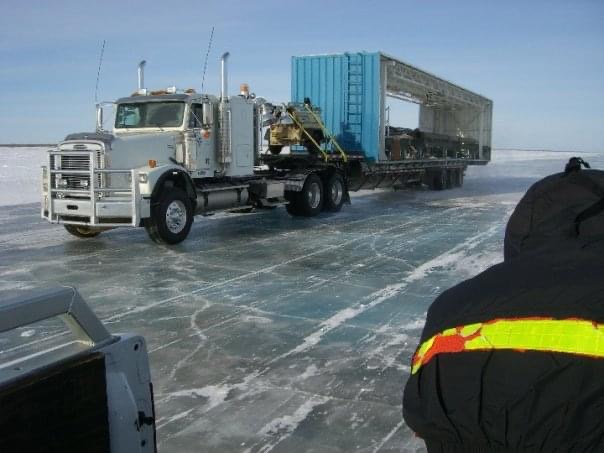
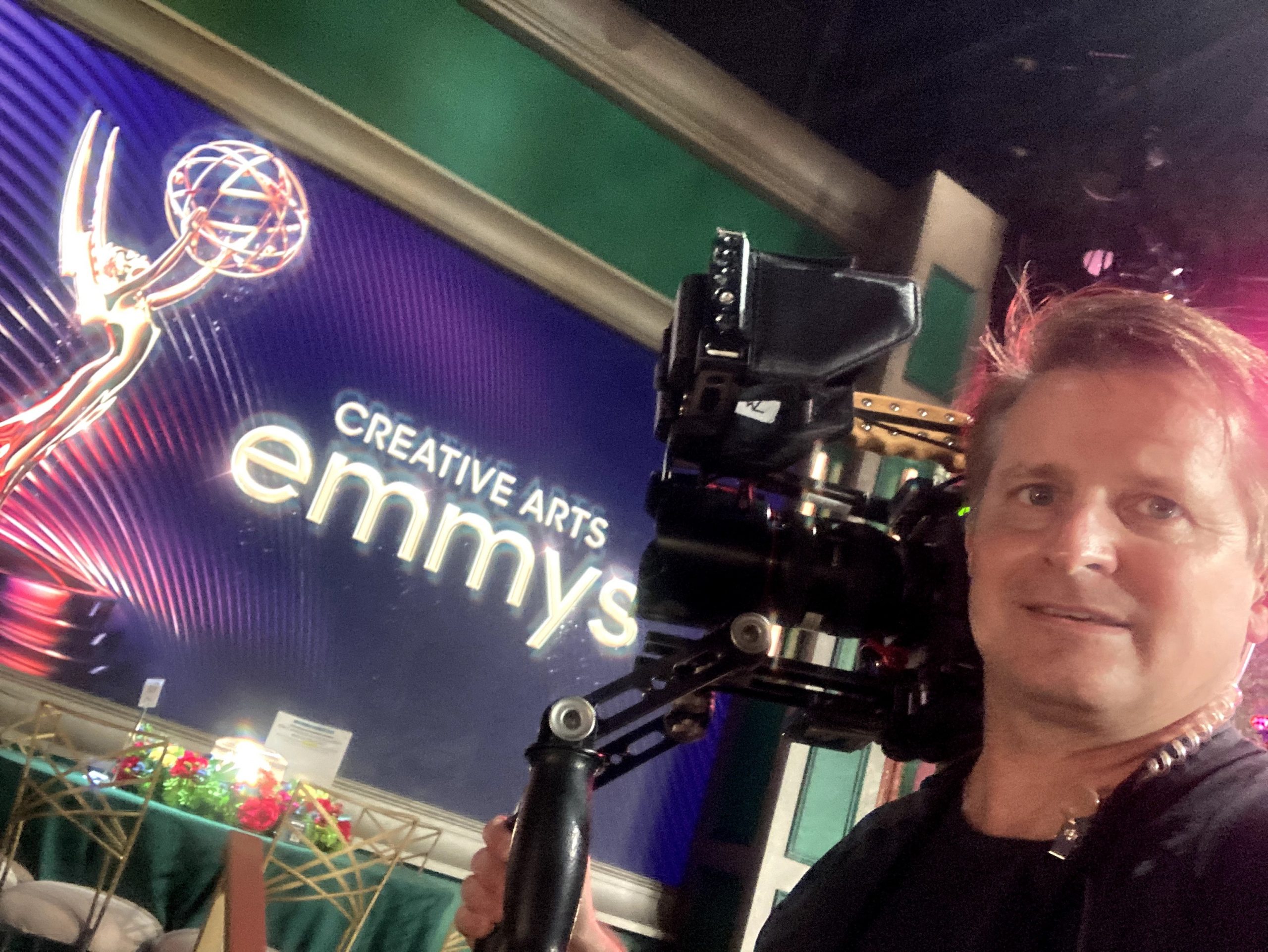
Any places to eat or things to do that you can share with our readers? If they have a friend visiting town, what are some spots they could take them to?
I traditionally have a Los Feliz to-do list, which is standard for visiting friends. If my best friend came for a visit, I’d suggest losing weight by hiking to the Griffith Park Observatory every morning—only to gain it back by having breakfast down the street at House of Pies one day, then taking a short drive to Millie’s in Silver Lake the next day for brunch. If my friend offered to pay, I would insist that we go to the Alcove on Hillhurst immediately. Also, a sit-down breakfast at HomeState for breakfast tacos is a must. After that, we’d walk across Hollywood Blvd. and visit Wacko. Upon entry, I’d ask the cashier to show us a copy of Michael Jackson’s last receipt.
Some days, we would stay local, while on others, we’d take a road trip to another part of Los Angeles. Considering Jumbo’s Clown Room is at the end of my block, it would naturally be the designated last stop on most nights.
A couple of local day trips would include a subway ride to The Broad in downtown LA and, on another day, a drive to the La Brea Tar Pits, where we’d take selfies with tar before wandering into the Los Angeles County Museum of Art. After leaving LACMA, it would be hard to resist stopping for a late lunch at Canter’s Deli. I’d try to impress my friend by showing him the hidden Guns N’ Roses bar in the back room before we left.
On the way back, I’d have to drive past and point out Charlie Chaplin’s former studio on La Brea and Sunset. At that point, Grauman’s Chinese Theatre would be just down the street. How could I not stop at this historic venue and suggest we watch The Brutalist? After the credits rolled, he’d be pretty wiped out from the long day, but instead of taking Fountain Ave., I’d drive in traffic on Hollywood Blvd. so he could get the full “Hollywood in traffic at night” experience—including the DUI checkpoint before the 101 turnoff. Once we got home, I’d still make him go to Jumbo’s Clown Room.
The next day, we’d sleep in late and take the scenic route through the neighborhood to Home restaurant for lunch. Then we’d walk down Vermont and stop by Skylight Books, Sumi’s novelty shop, and Y Que Trading Post. After that, we’d sit at an outdoor table at Figaro Bistrot to people-watch while sipping lattes. Once we maxed out on caffeine, we’d tip and head back to Hillhurst for happy hour drinks at The Guest House.
By this time, my friend would probably be getting a little edgy and tired of me, so I’d mention that my favorite theater in L.A., The Vista, was right down the street. I’d describe how beautiful it is and how Quentin Tarantino bought and restored it during the pandemic. Just as I sparked his interest, I’d tell him that the only movie showing there for the week was The Brutalist.
To round out the rest of the week, a couple of other road trips worth taking would be to the Ronald Reagan Library (regardless of political affiliation) and The Getty. Both are worth an all-day visit, and admission to The Getty is free with paid RSVP parking.
For an unforgettable night, a concert at the Hollywood Bowl or the Greek Theatre would be an excellent choice. And for a lasting memory, kayaking out of the Redondo Beach harbor is a great way to cap off the trip.
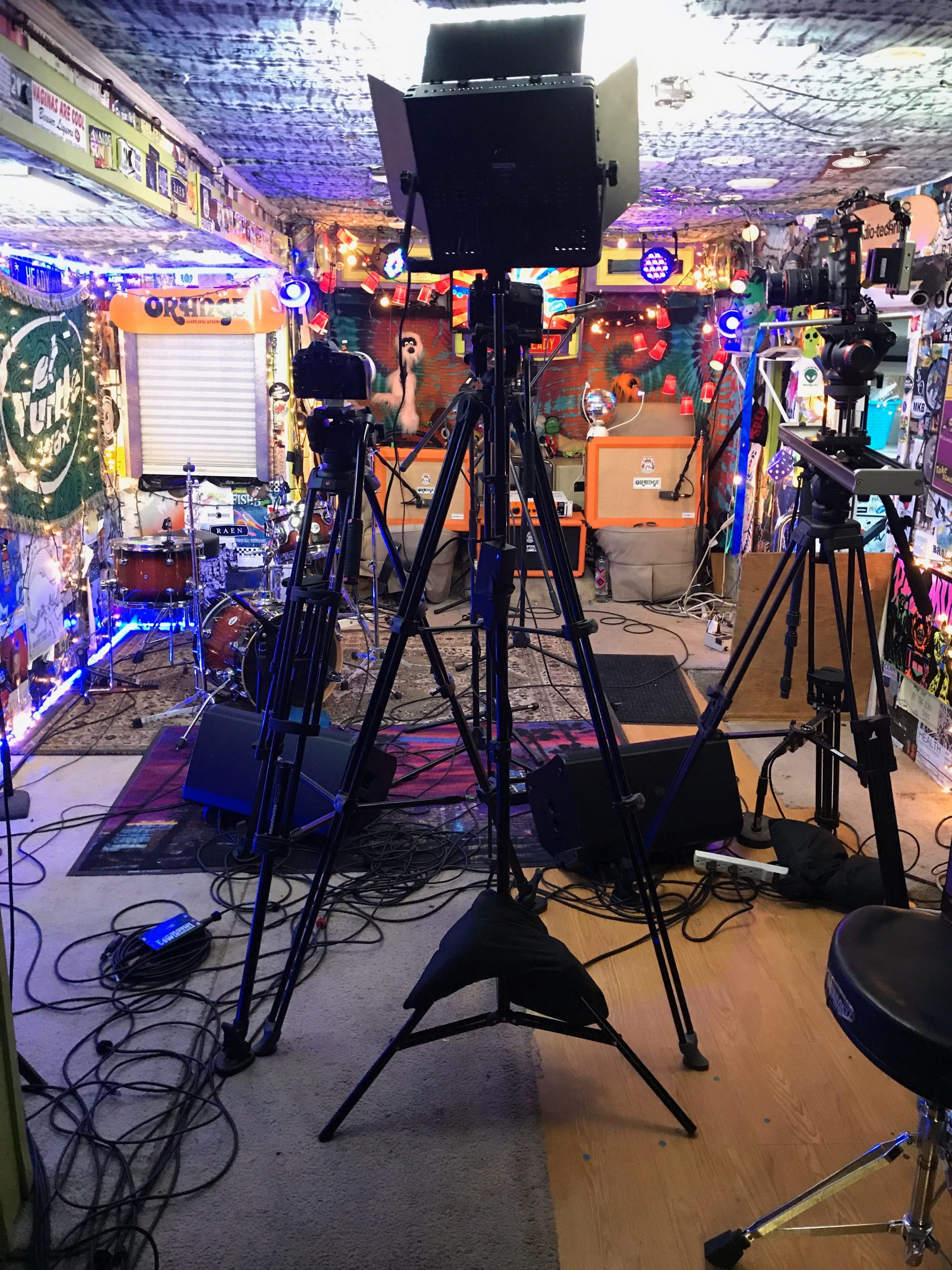
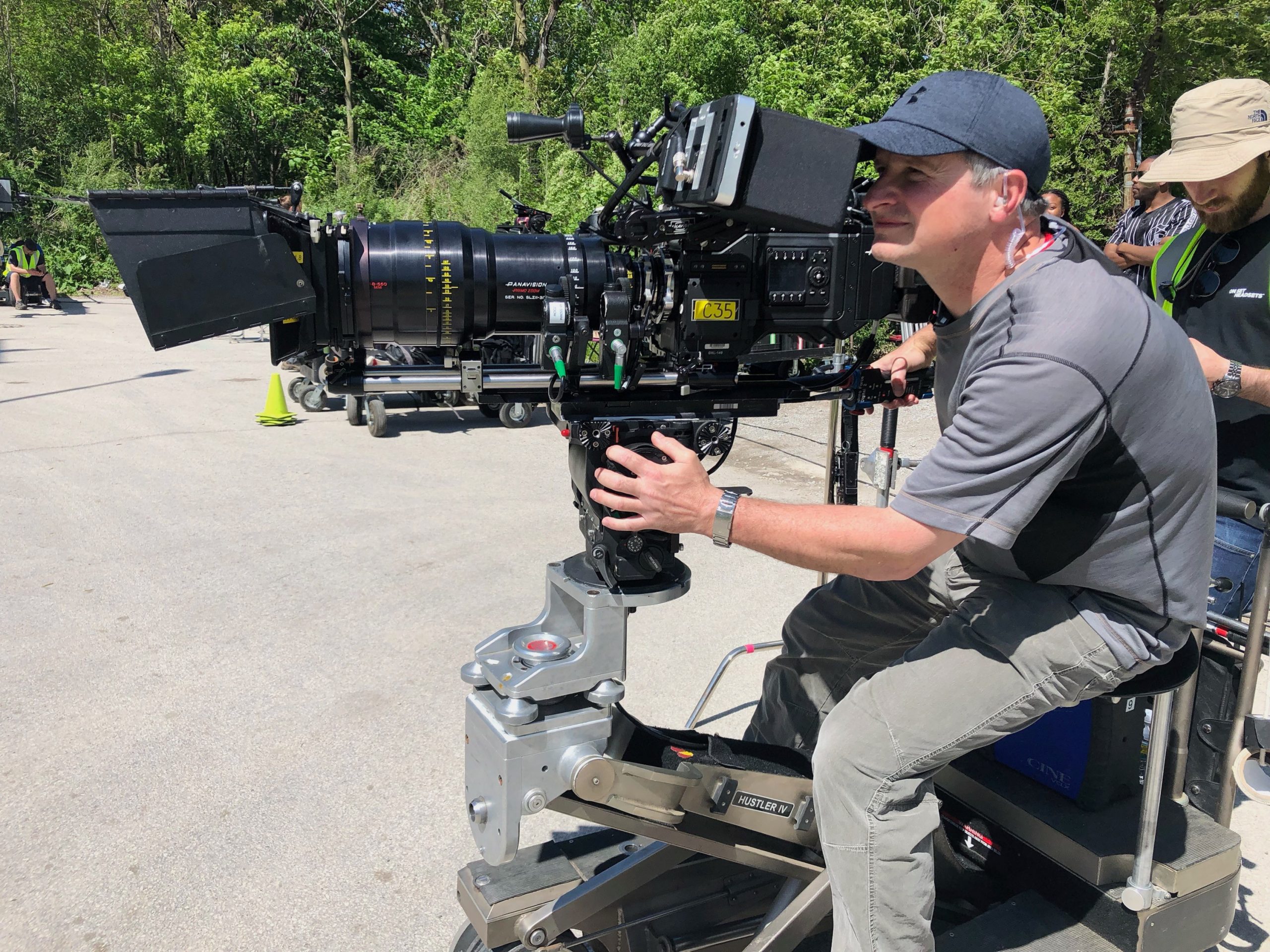
Who else deserves some credit and recognition?
The list of individuals who have shaped me into who I am today is endless. I am a product of my environment, and Chicago raised me as an artist. When I first started making short films from scratch, people would hand over their video cameras and say, “I haven’t touched this thing in years. You can make more use of it than I can.” My friends and roommates, actors and filmmakers themselves, always pitched in. Production buddies worked for free and bar owners let us shoot during off-hours. When the Chicago Short Comedy and Film Festival became a reality, we reached out to accomplished actors to speak at the festival or star in featured short films, and they gladly helped us—all for the sake of art. Chicago was an incredibly supportive community during one of the most creative times of my life.
The “Special Thanks” section in the credits of any independent film represents the village it takes to make a film possible. I remember every single person who has ever helped me. Their generosity made me a better person, and because I know how much a helping hand matters, I try to pay it forward as often as I can. As I write this, the memories of those acts of kindness make me smile.
Here are a few favors from people who earned a “Special Thanks” credit:
– The chiropractor I met in karate class who lent me his Ferrari Testarossa. I was so nervous my feet shook while I parallel parked.
– The person who helped me acquire a coffin as a prop.
– The artistic director who stored that coffin in his theater for years after I was done with it.
– The former bosses who turned a blind eye when I “borrowed” a $30,000 camera, lights, and audio equipment.
– Every actor, including Second City alumni, who wrote and performed on camera.
– The former SNL actor who wrote and starred in multiple shorts until his family stopped speaking to him.
– The Purple Rain dancers (you know who you are).
– The furniture company that sent a five-ton cube truck with two drivers to be used as a background prop and refused to take any payment.
– The group of scuba divers who filmed underwater before GoPros existed.
– The bank president who let our small crew use his entire bank for a day (on a Sunday, of course).
– The Latino lowrider car club that drove to multiple locations and let me drive one of their cars in two scenes.
– The bowling alley manager who put chains on the front doors and locked out the senior citizen bowling league until we finished our audio takes.
– The friends who stayed up all night to help make a weekend deadline.
And the list goes on…
Everything changed the moment I moved to Los Angeles. I left behind my home base of friends and family to start over in an unfamiliar city. Art became work. It felt like I lost everything in a divorce without ever being married. The transition was humbling. The help and support eventually returned in a different form.
I didn’t realize how crucial my first jobs in LA were until I noticed most of my work afterward came from the people I worked with on those first two gigs. A couple Chicago friends living in LA got me sporadic work, but it was the colleagues I barely knew who became the foundation of my survival in Los Angeles. Their recommendations kept my phone ringing.
Production in LA is a different beast, delicate in some ways, brutal in others. Over time, some associates became friends. These small networks of crew members around town keep each other afloat. The best way to say thanks is never make the person who hired you look bad.
Instagram: http://instagram.com/laszlowilly/
Linkedin: https://www.linkedin.com/in/willylaszlo/
Facebook: https://www.facebook.com/willylaszlo
Youtube: https://www.youtube.com/watch?v=yz0Ey3iycK0&t=121s
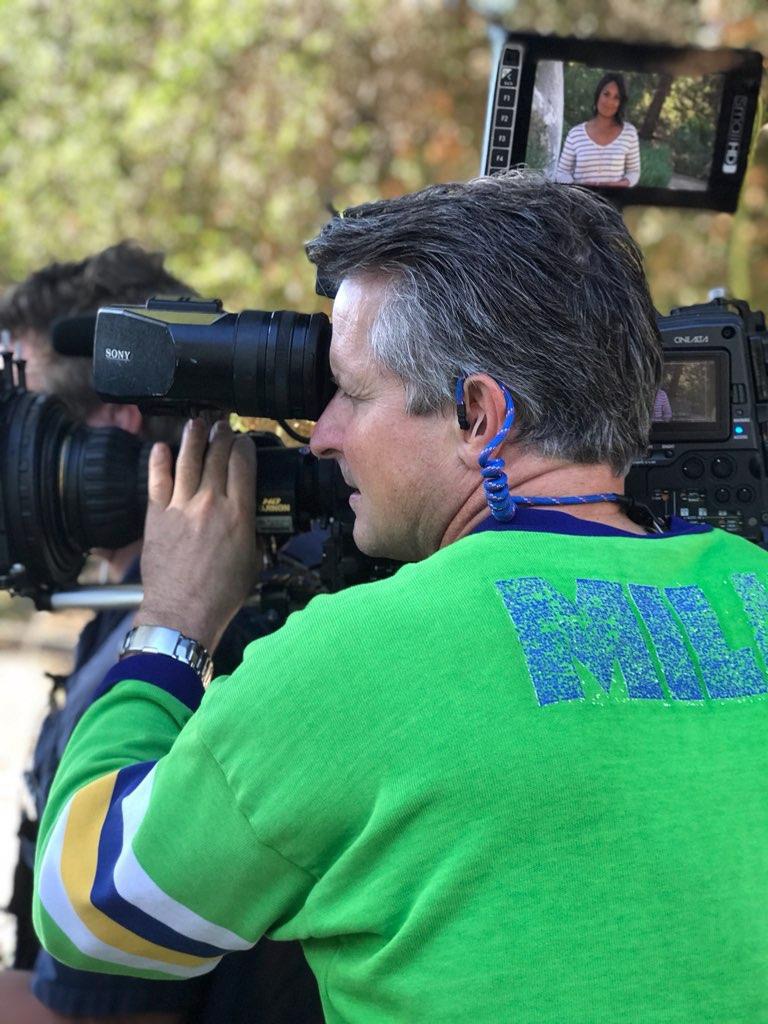
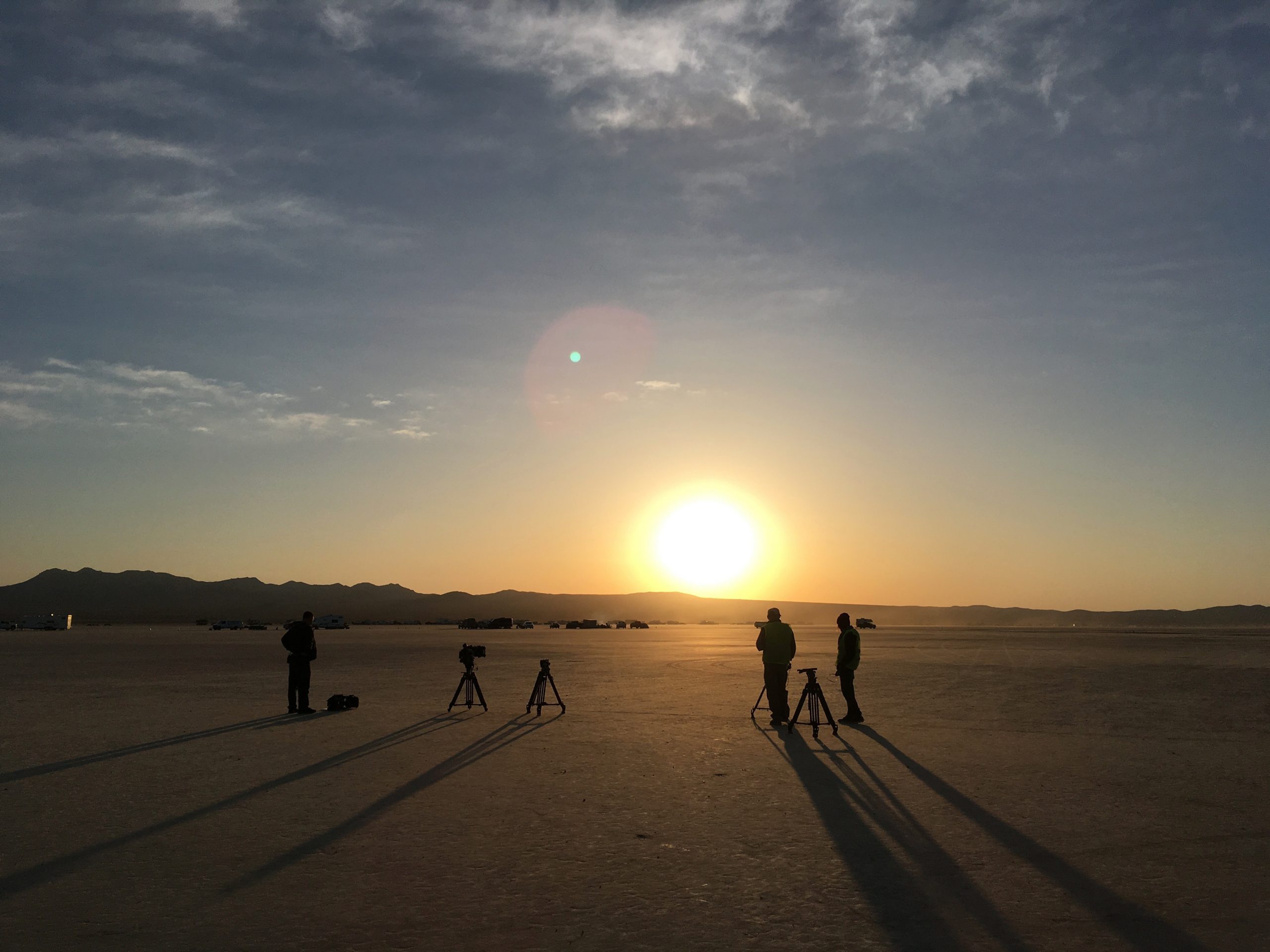
Image Credits
Angie Shin
